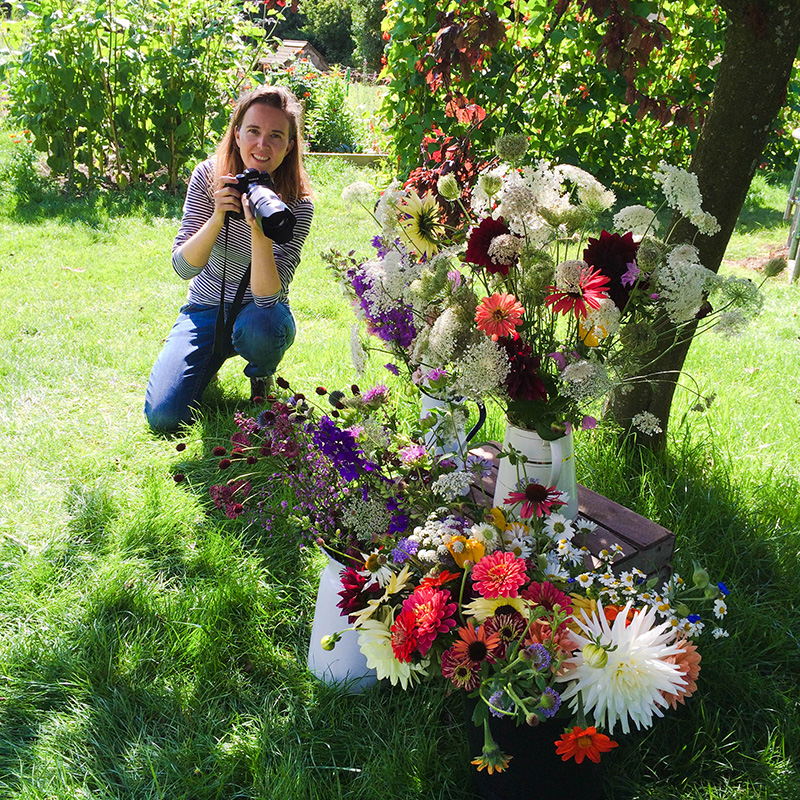3 mindful photography projects
I teach a full-length online mindful photography course - details are at the end of this post.
What is mindful photography?
Let’s start by clearing up what mindful photography is not:
it’s not woo-woo
it’s not sitting in a field waiting for inspiration
it’s not meditation
it’s not the easy way out
Mindfulness has an undeserved reputation for being a passive activity, where you clear your mind and allow things to happen to you. Nothing could be further from the truth. The aim is not to empty your mind of thoughts (it’s not possible); the aim is to be actively aware of your thoughts, and by extension, your surroundings. And once you are properly aware of your surroundings, you can start to interpret them with your camera.
And that is what mindful photography is: the process of directing your attention first to your thoughts, and then to your environment.
The outcomes of mindful photography are joyfully unpredictable, but you can expect:
to be more creative - to have new ideas
to start to see things you’ve never noticed before
to be able to find a photograph anywhere
to slow down - you’ll take less photos, but you’ll be happier with the ones you do take
to embrace images you’d previously seen as “bad”, or “mistakes”, as part of your journey
to lose the desire to compete with other photographers - you’ll be focussing on yourself
Here are 3 projects to help you to get started with mindful photography. Don’t fight the feelings - just pay attention to your thoughts, be they angry, irritated, bored, overwhelming, uncertain or optimistic. Sit with them, and watch how they change. Nothing lasts forever, and our thoughts are no exception.
Watch a spoon
It doesn’t have to be a spoon. It can be anything you can put on a table. Clear fifteen minutes, find your thing, and set it in front of you. You’re going to watch it for a quarter of an hour.
Take a photograph of your thing before you start.
Set an alarm for 15 minutes after you start, and then just watch your thing.
You can pick it up, and you can watch what happens to your thoughts, but that’s all.
15 minutes is a loooooong time to do nothing but watch something. Notice how many times you want to check how long you still have left.
At the end of 15 minutes, take another photograph. How much better do you know your thing now? How many ideas did you have? How many questions about how it was made, where it has come from, what else it could do?
Just one photo
Limit yourself to one single photo every day for a whole week.
If you can’t manage that, limit yourself to one single photo in any situation. Where previously you might have taken tens or even hundreds of photographs, you must stop with only one. You will find that you look at every situation much more closely, and treat every image with more respect. You will need to bring all your attention to the one shot you are taking, and can’t afford to be distracted.
Have fun
Shoot for a whole weekend with no sense of obligation. Don’t shoot for someone else - shoot for you. Take photographs of whatever you are interested in. Try a project you’ve seen on Pinterest. Shoot on Auto because it’s easier, and give your brain a rest from all the settings. Or just use your phone. No rules at all.
This project allows your brain to stop worrying. You can forget about the difficult stuff, the stuff that makes you anxious, or the continual thought that you “should” be doing something differently. Once you have shut that side of your brain up, your creative self can take the reins.
Want more? Join my next online Mindful Photography workshop
The workshop runs once a year in June. Join my once-a-month newsletter to get a reminder of what’s coming up in the next month including when registration opens for this course:


